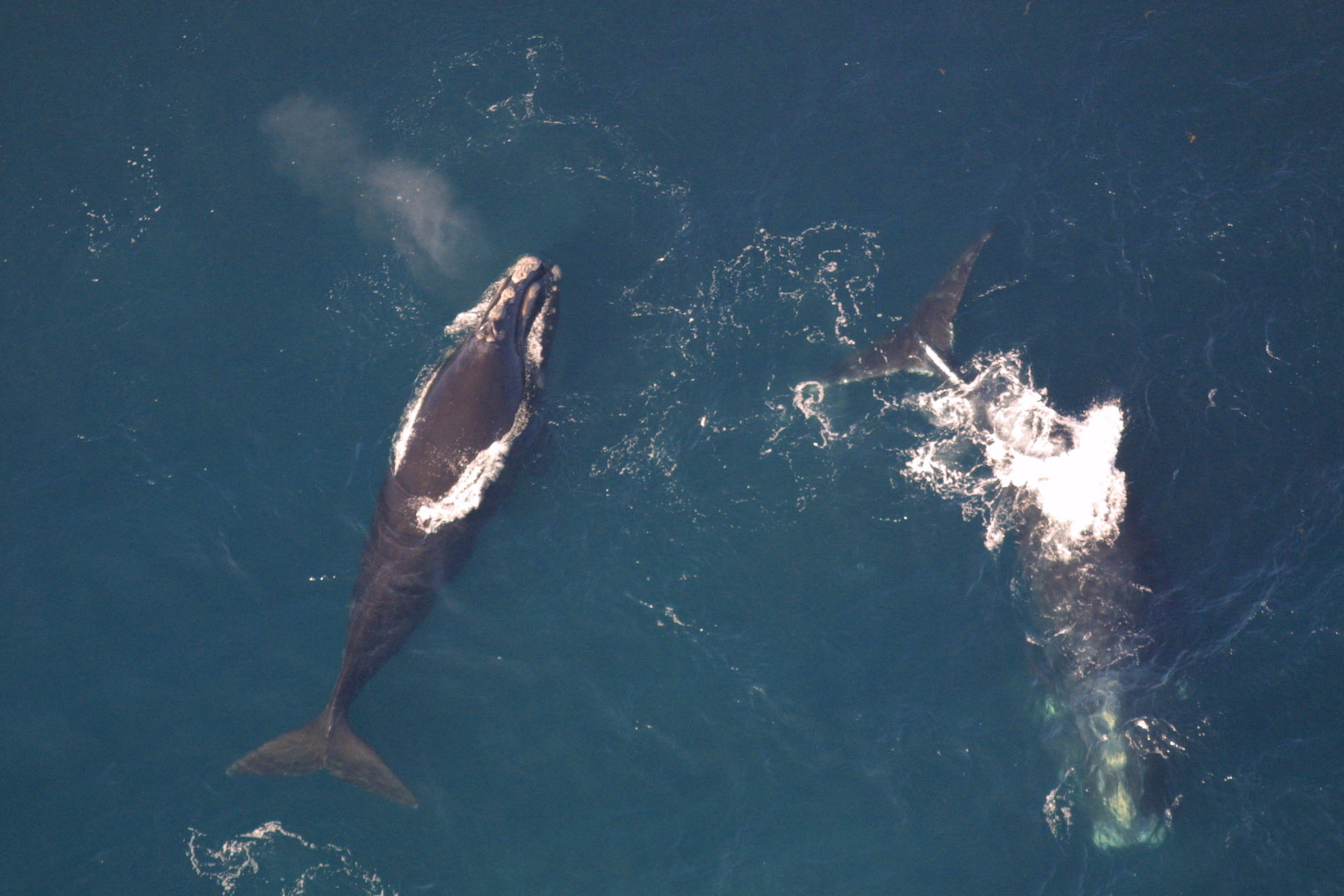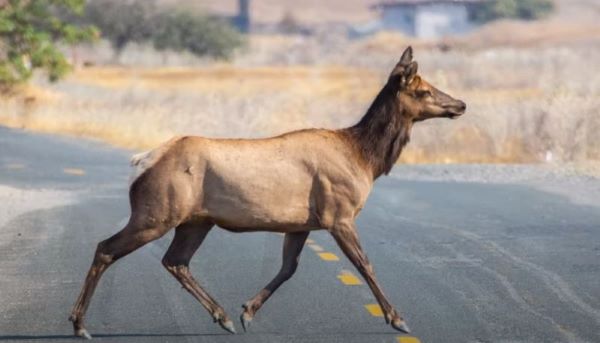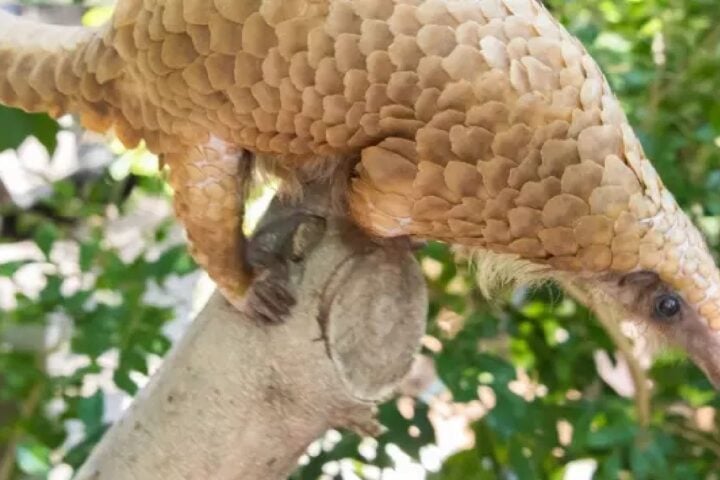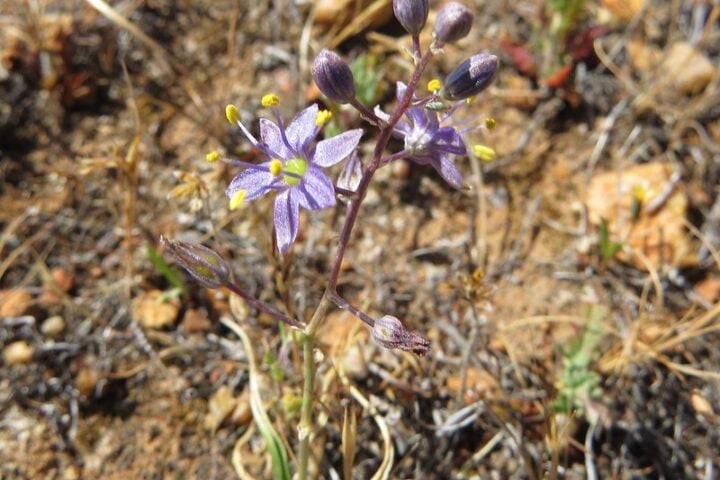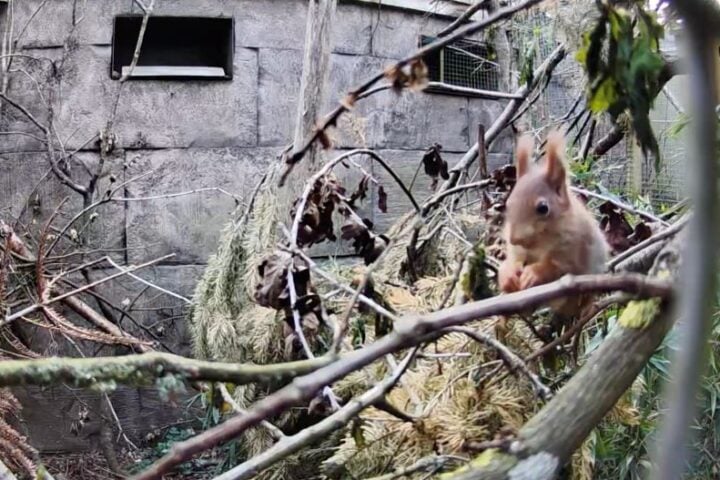The North Atlantic right whale, a true oceanic giant, is facing a critical survival challenge. These whales are impressive, reaching lengths of up to 16 meters and tipping the scales at around 63,000 kilograms. They’re known for their longevity, with lives that can span up to 70 years. However, the reality for female right whales is less optimistic, as their life expectancy has been cut to around 45 years, primarily due to human-related threats rather than natural causes. Despite the grim outlook, there’s a glimmer of hope. The North Atlantic Right Whale Consortium reports a heartening development: this year’s calving season in the Southeast U.S. has welcomed 11 new whale calves.
So what happend? The 2023 calving season brought us 11 new right whale calves, a number that didn’t hit the high hopes we had for a significant increase, but still, there were some wins to celebrate. For instance, the venerable female #1204, at over 41 years old, welcomed her 10th calf, showing us that even the older generation is still contributing to the future of the species. And let’s not overlook the fresh face in the crowd, female #4340, just a decade old, who celebrated the arrival of her very first calf. These moments are precious to us conservationists as they signal new potential for growth in the population.
However, we can’t ignore the sobering reality that the average time between calves is now 7.8 years, more than double the 3.5-year interval we used to see. It’s a clear sign that the right whales are still facing significant challenges.
A total of 48 right whales graced the Southeast U.S. waters this season, with the addition of 11 calves bumping the count to 59. Among them were 14 males, a mix that reflects the diversity we’ve seen in past years. Yet, the shadow of injuries and entanglements looms large, with more incidents than usual, including the loss of a calf and the presumed loss of Snow Cone, a female who was a star in the “Last of the Right Whales” documentary.
The SEUS Recovery Plan Implementation Team (SEIT) is back in action, holding its first in-person meeting since the pandemic. They’ve laid out a robust plan to tackle threats to right whales, from improving boater awareness to enhancing enforcement against non-compliant vessels and developing strategies to reduce risks at sea.
Similar Posts
In Cape Cod Bay, the Center for Coastal Studies (CCS) had a bustling year, with right whales making their presence known despite the challenges posed by New England’s fickle weather. The CCS team documented a significant portion of the population, including ten mother-calf pairs. The standout story here is Pilgrim, a whale who was first spotted in the bay as a newborn and has returned every year since. This year, she brought her own calf back to the bay, a full-circle moment for those of us tracking these majestic creatures.
Down in Southern New England, the New England Aquarium’s aerial surveys spotted over 102 right whales, observing some fascinating social behaviors and tracking the comings and goings of these giants of the sea. The data collected is a treasure trove for understanding the movements and habits of the whales in this critical habitat.
And let’s not forget the winds of change blowing offshore. The Vineyard Wind project is making headway, with the first tower already in place. This project is a big deal—it’s the first large-scale offshore wind farm in the U.S. and is set to generate a whopping 800 megawatts of power. While this is a leap forward for renewable energy, it’s not without its controversies, especially concerning the impact on marine life and local communities.
Recently, NOAA has been granted a whopping $82 million from the Inflation Reduction Act, marking a historic investment in our oceans’ health during Climate Week. This funding is a recent win for those dedicated to the cause. For the North Atlantic right whale, stability in numbers is a small victory in a larger battle. It’s a battle that requires a delicate balance of actions and regulations to ensure their survival. From altering shipping routes to supporting whale-safe products, every choice we make can contribute to a future where these ocean giants thrive once more.
